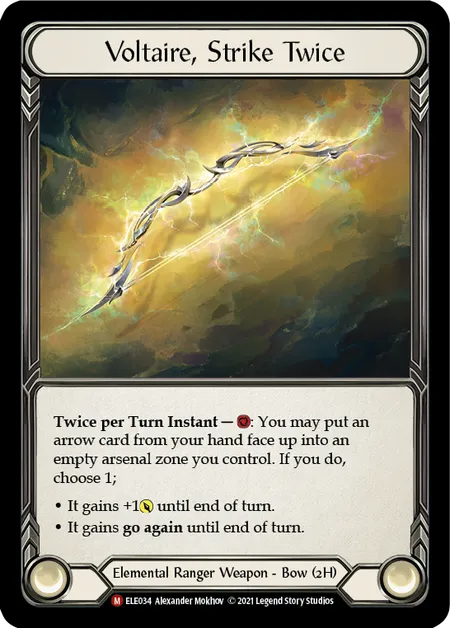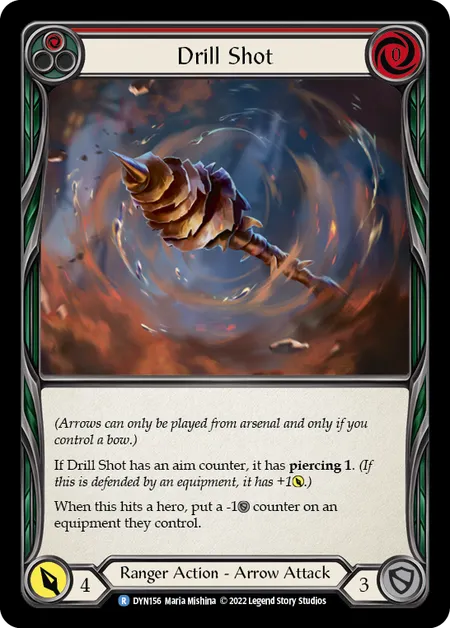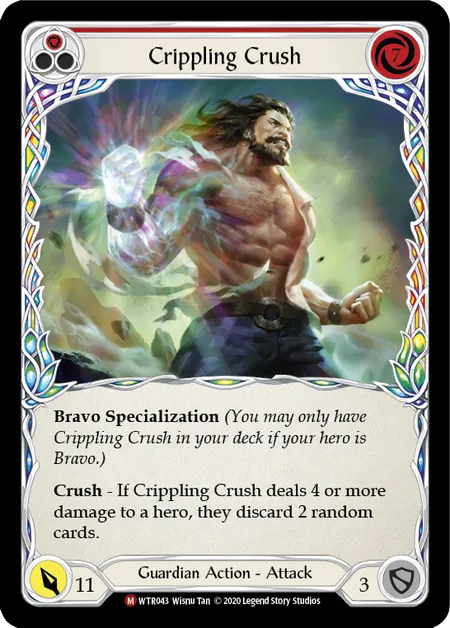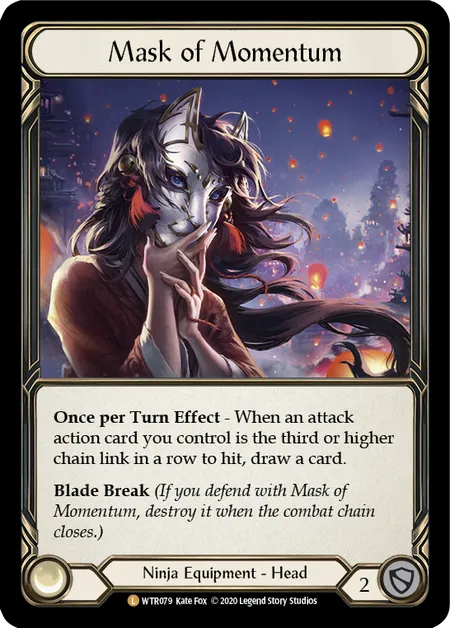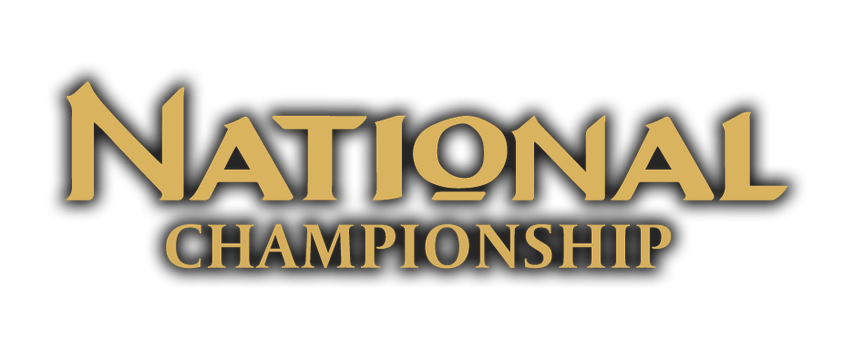Known for his Light Illusionist exploits, Pheano Black is a skilled competitive player, active community figure, and die-hard Prism fan. Having made Top 8 at Pro Tour: Lille and 2nd place at Calling: Indianapolis, Pheano helps players elevate their game to the next level on his YouTube channel.
Nationals is almost here and it's time to fine tune your decks. One of the most crucial aspects is to make sure you don’t draw poorly from unoptimized pitch ratios or get caught with your pants down because your deck blocks worse than a soggy paper bag. Today we’re walking through how to get the ratios in your deck to just the right place.

Before we start, I want to briefly explain the different pitch values. Reds will have the most play impact but only pitch for one resource. Blues will have the least play impact but make three resources. Yellows are middle of the pack in both categories. Given the nature of this balance you can’t just fill your deck with all reds or you won’t have resources to play your cards efficiently, but on the other hand if you fill your deck with all blues your deck won’t have much output.
Generally most cards will be put into a deck with the intention of playing it on the first cycle of the deck, or pitching it to play on the second cycle. You are better off going with the version of the card that is best at that job. This is why the only yellows that typically see play are cards that only come in yellow, or are useful enough to warrant playing more copies of the card beyond the red and blue.
The first thing that I do when trying to figure out ratios in my deck is picture what a normal turn should look like. For example, in Lexi I want to use Voltaire Strike Twice well… twice and shoot my opponent with a 1-cost arrow and a 0-cost arrow. In this example I’m spending 3 resources so my turn is covered by a single blue. I will also consider if every turn needs to be covered by a blue. Can a yellow substitute, or does my turn not function if I don’t draw a blue? If you have some wiggle room then you can afford to skimp a little bit on blues. If it wrecks your turn by not drawing one you can’t really afford to be greedy and will need to increase your blue count.
This seems simple enough, but how do we figure out the actual correct numbers? If you don’t want to learn to fish and are yelling at your monitor “Pheano just tell me how many blues I should run, I hate learning!” then my rule of thumb is 15-18 in a more aggressive deck that functions off one blue per turn. But if you want to fish then you will want to use a hypergeometric calculator to find the odds of drawing specific cards in your deck. I recommend using www.fabrary.net for this function since they have one built into the deck-building section. You will want to adjust the desired amount, in this case the number of blues in your deck, until you get to a percentage that you are happy with. There is no right answer here but I usually stop adding blues when I’m hitting some sort of diminishing returns.

Let’s talk about decks that need more than one blue, like Bravo. The idea here is the same, we first want to think about what an average turn will look like for us to play our cards. In the case of Bravo we need at least one blue to do anything in our deck because the floor of a turn is swinging Anothos for 4 damage. So we need to make sure we are drawing at least one blue every turn. The ceiling for our turns is three blues if we want to play some of our more expensive cards like Crippling Crush with dominate.
With a range like this it is safe to say we want to draw at least two blues every round. This is where a bit of risk vs reward will come into play. You can choose to be greedy with your blue count by adding more red power cards. You increase the chances of drawing a threat but at the risk of drawing a red-heavy hand that you can’t play. On the flip side, you can choose to be more conservative and add more blues to your deck. This will increase the odds that you always draw a playable hand but you give up a lot of power and risk drawing more hands that don’t impact the game.
Lastly, we need to consider which blues to play. I tend to think about them as cards with multiple modes beyond just pitch value. I try to include cards that I want to see in the second cycle of my deck to create low effort pitch stacks. I’ll consider what I am going to do with my blues when I have too many in my hand. One thing I can do is block with them, so I will try to make sure they defend for 3 since that’s likely better value than playing it. If possible I will also try to include cards that I’m still willing to play or fill a certain role in my deck. A good example is Lava Vein Loyalty. It fills the role of pitch but when I draw too many blues I can block with it or use it to extend my combat chain.
Equally as important as getting your pitch ratios right is making sure you have an adequate amount of defending cards in your deck. Our opponent is a living breathing human who is also going to be playing the game and trying to win the game. That being said, letting your opponent win is a frowned upon strategy so let's delve into how to think about deck construction from a defending perspective to stop them from doing that.
An example metagame where you might care about your decks block value would be if you were expecting lots of Ninja and Guardian. Against Ninja it is important to block chain link 2 or 3 to stop Mask of Momentum. It is usually better value to stop the Mask trigger compared to not blocking and playing your own cards. Your single block is worth the damage it prevents and a card draw. But there can be times where it is better not to block because your hand presents so much more damage, or your hand doesn’t function if you block. Deciding if it's correct to block or not is usually just a case of determining which is better value for you.
In the case of a deck like Guardian, a lot of the value in their cards comes from the hit triggers on their cards disrupting what you want to do, thus forcing you to make suboptimal plays. Spinal Crush is a classic example. If you are playing a deck with a lot of go again your options are to let the Spinal Crush hit, wrecking your turn or block it with multiple cards, also wrecking your turn, but saving some life. Cards like Spinal Crush will also punish you even further if your deck is full of 2-defense cards since you will have to block with extra cards to stop the hit effect.
Similar to how we figure out pitch ratios we can determine how many good blocking cards we want in our deck by how many we want to see in an average hand. Figure out if you are comfortable with one or two cards in your hand to block with every round or if you want most of your hand to block well. Then we go back to the hypergeometric calculator and increase the desired amount until we are happy with how often we are drawing good blocking cards. Unlike pitch we aren’t punished as hard by playing too many 3-defense cards. Conversely, we are punished for not drawing enough 3-defense cards when we need to block. My favorite part about having extra blocking cards in my deck is that if I draw a bad hand I can always just block with everything and try again next turn.
There can be a bit of risk vs reward with playing more or less defensive value. A card with higher defense will have to give up something in another area. It might do less damage than a comparable card or it might be more conditional to play. Mounting Anger and Cinderskin Devotion are very similar cards but Mounting Anger defends for 2, has an on-hit effect, and has unconditional go again, whereas Cinderskin Devotion defends for 3, has no on-hit effect, and has conditional go again. There is always a tradeoff to gain more offense or defense in your deck. It's up to you to determine the proper balance of the two.
All that being said, you could also ignore this and just play Prism like me, and fill your deck with yellows and instants that don’t block. Good luck at Nationals everyone!



